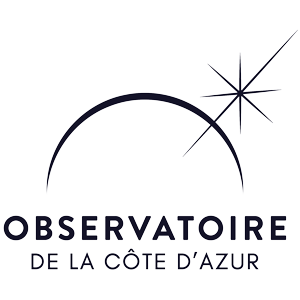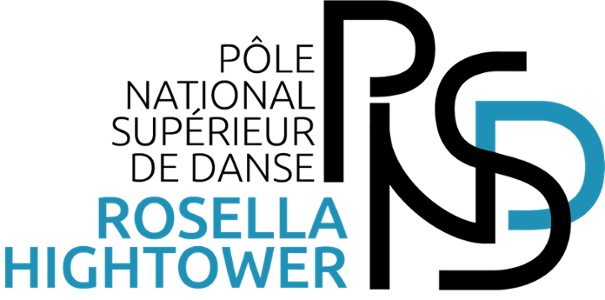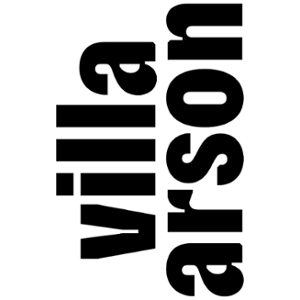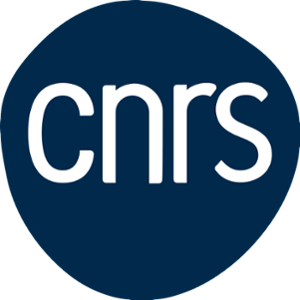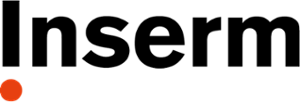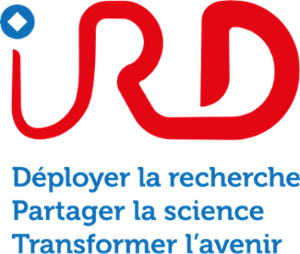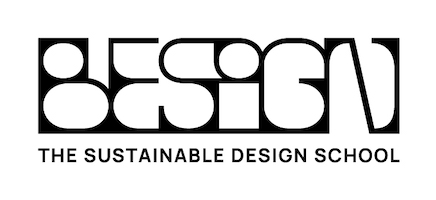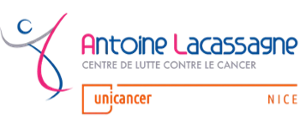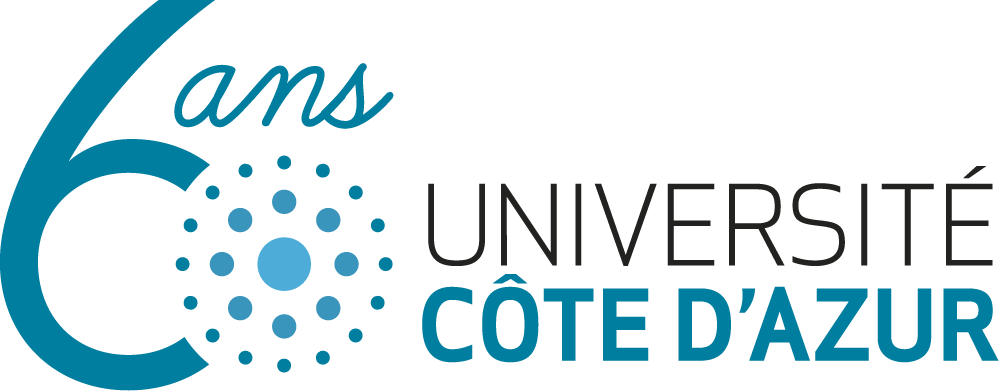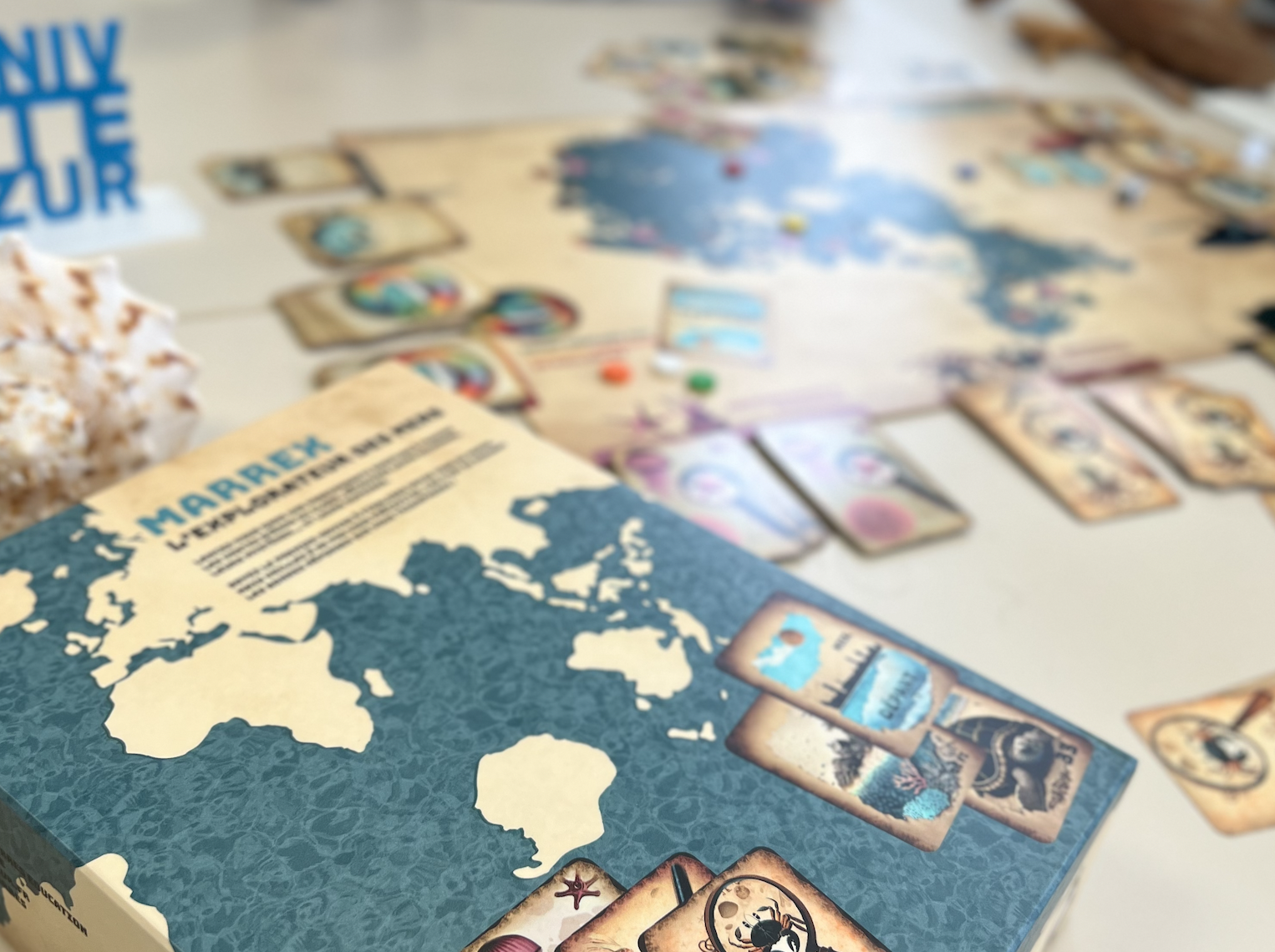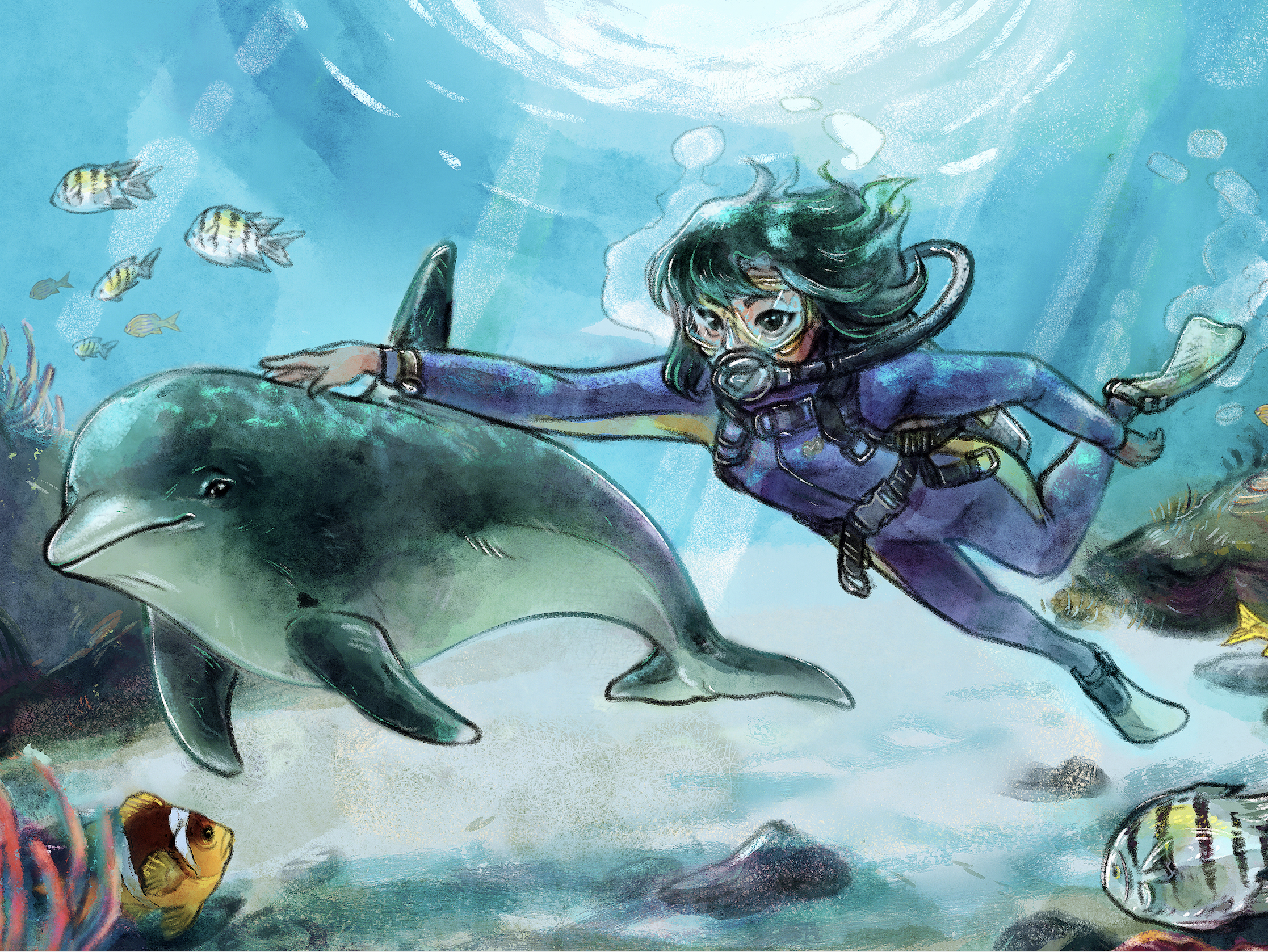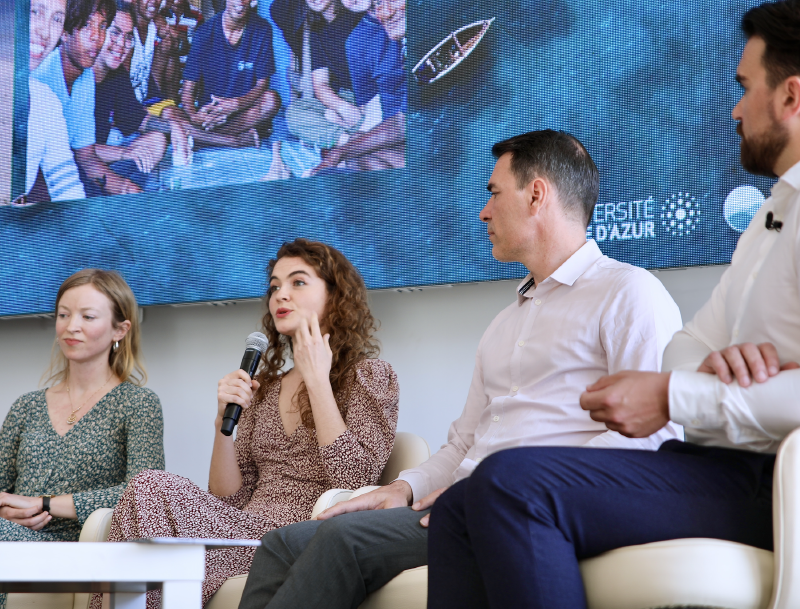MSc Ocean Science, Conservation & Innovation
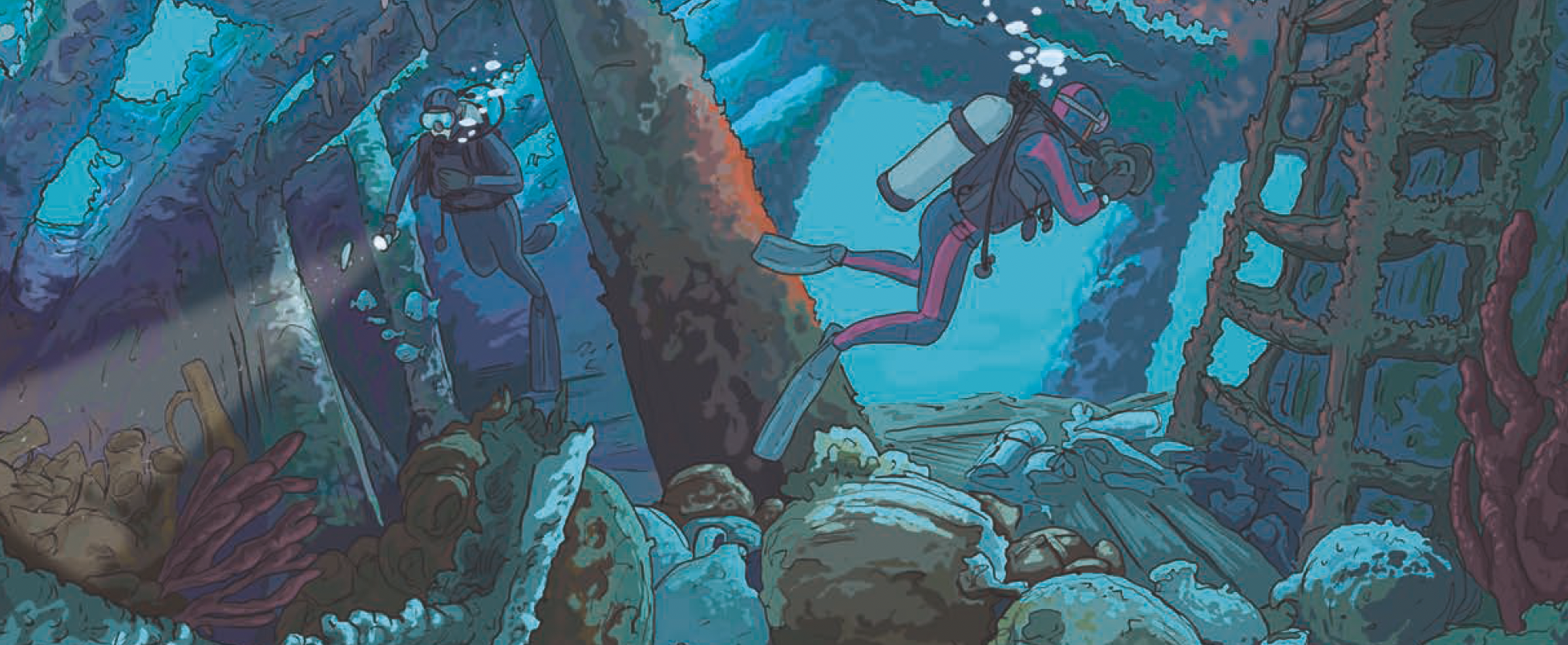
We are using comic books and educational tools to create new, meaningful connections between the ocean and society
Born from a collaboration between BioMarine and Marres to the World, the Naïa's Journey series explores today's major marine challenges through the eyes of a young journalist. From investigating marine protected areas in the Pelagos Sanctuary to uncovering the fragile balance between ancient civilizations and the sea, each story blends science, fiction, and real-world issues to inspire a new generation.
Through Naïa’s adventures, we offer an original and impactful way to share the work of researchers with a wider audience. This is especially true in the second volume, developed in partnership with the CEPAM laboratory (Université Côte d'Azur), where archaeological research becomes the foundation for a compelling narrative about humanity’s long relationship with the sea.
Beyond comics, we are developing infographics, podcasts, workshops, and other interactive formats to foster engagement, reflection, and action for the ocean. Through storytelling and creativity, we aim to make marine science more accessible, relatable, and empowering for all.
Contact us if you want to join the initiative! msc-marres@univ-cotedazur.fr
Volume 1: Panic at Pelagos
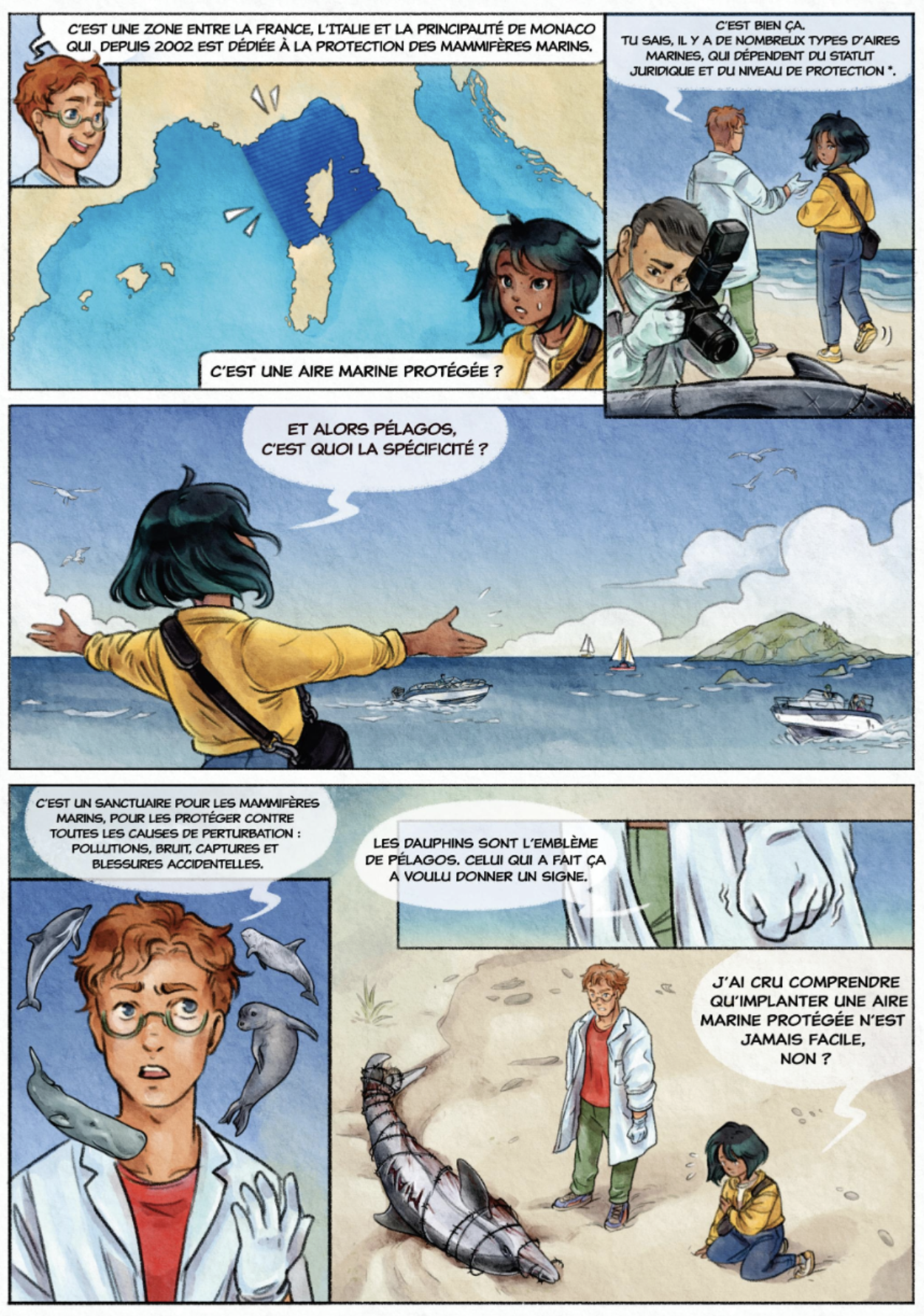
In a small harbor, at the heart of the Pelagos Sanctuary, a macabre discovery shakes the community: a dolphin is found dead on a beach, wrapped in barbed wire. Young journalist Naïa and her friend Octave, a marine biologist, set out to investigate in an area dedicated to the protection of cetaceans.
This adventure, inspired by real-world issues, explores the vital role of marine protected areas, such as the Pelagos Sanctuary, in preserving biodiversity while supporting coastal communities. It highlights the tensions between human activities, conservation, and societal challenges, and shows how, by involving fishers, local residents, and other stakeholders, ocean protection can become a shared project.
Faced with ecological challenges, invasive species, and other shifts in marine ecosystems, Naïa discovers that the resilience of the ocean also depends on innovation, adaptation, and a renewed alliance between nature and society.
Scenario: Eric Pailharey, Antoine Erwes
Illustrations: Lita
Scientific advisory: Christophe Mocquet, Crystalle Moreno
Educational material
Learn more about MPAs (made by the students, leaded by Nikita Rose & Emma Sandrini)
Volume 2: The Shadows of Etruria
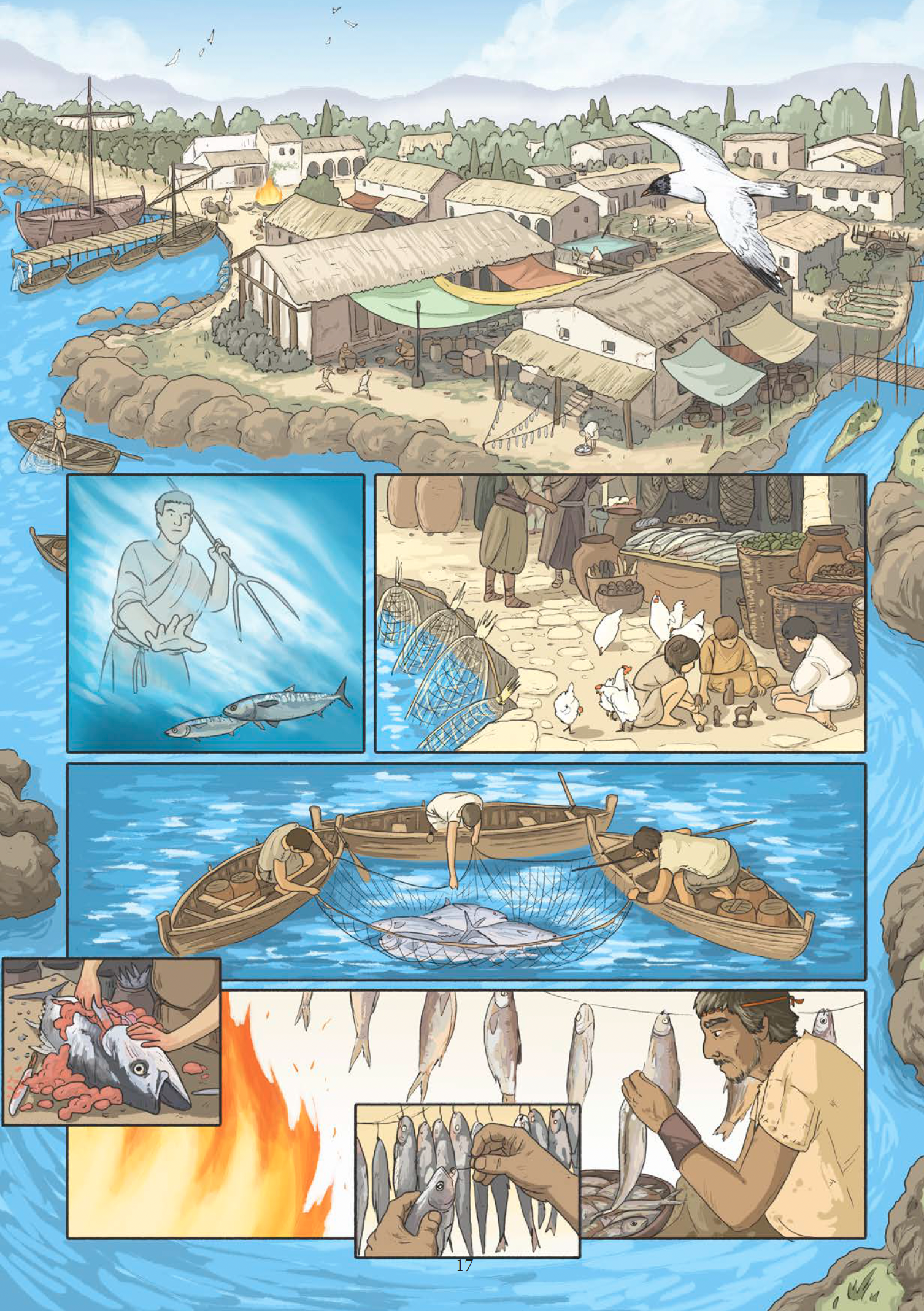
Naïa, the journalist passionate about ocean conservation, visits the Cosquer Cave and uncovers the ancient ties between humans and the sea. Shortly after, she is contacted by researchers to document newly uncovered marine archaeological findings. During a dive on a sunken ancient ship, she discovers a mysterious medallion. Upon touching it, she is propelled back in time to the era of Emperor Caligula.
Stranded on the Etruscan coast, Naïa encounters a world where coastal societies rely heavily on the sea for food and trade, yet signs of increasing pressure on marine resources are already emerging. Moving between a fishing village, the bustling markets of Ostia, and the political intrigues of Rome, she witnesses a civilization thriving yet blind to its own overexploitation. Mistaken for a messenger of Neptune, Naïa finds herself caught in growing political tensions and must decide whether to remain silent or deliver a warning about the oceans’ fragility, a message that resonates powerfully with her own time.
This story, inspired by the research of the MERMAID project and the CEPAM laboratory at Université Côte d'Azur, draws on the study of ancient marine remains to explore how our relationship with the sea has evolved over millennia. Blending science with historical fiction, it reminds us that the overexploitation of marine resources is not a recent phenomenon and invites us to reflect on the choices our societies must make today to preserve the oceans’ delicate balance.
Scenario: Crystalle Moreno, Antoine Erwes
Illustrations: Xavi Reñé
Scientific direction: Tatiana Theodoropoulou
Editorial coordination: Christophe Mocquet


